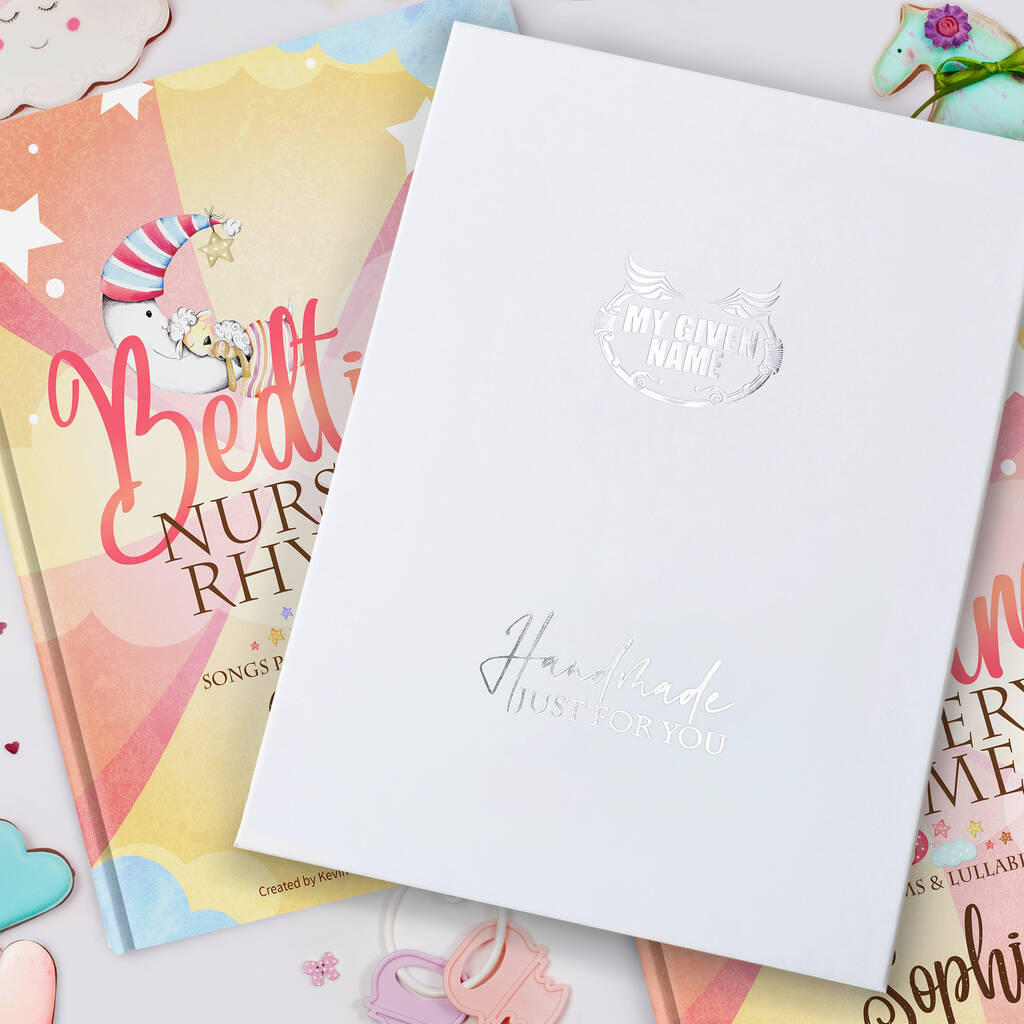Did you know that 24 % of Australian children enter school with developmental challenges, putting them at higher risk for reading difficulties later on? Starting early with rhymes, songs, and shared reading is one evidence-based way to build strong language foundations and help narrow that gap.
Nursery rhyme books serve as a gentle, rhythmic bridge into the world of words, offering children—and caregivers—a way to engage, bond, and explore language.
As bedtime routines settle in, these books can soothe, entertain, and support emergent literacy. Beyond that, they become tools for daytime learning, imaginative play, and language growth.
Why Nursery Rhyme Books Matter
Nursery rhymes books are so much more than simple, charming verses. Their rhythm, repetition, and playful rhyming patterns give children the chance to develop phonological awareness—the skill of hearing, recognizing, and experimenting with sounds in words, which forms the foundation for learning to read. Activities like reading nursery rhymes books aloud, chanting together, or singing familiar rhymes are powerful ways to boost vocabulary, strengthen storytelling skills, and build letter recognition.
Bringing nursery rhymes into everyday routines at home offers benefits beyond language development. These books also encourage listening, memory, creativity, and create special moments of connection between parents and children. Over time, what begins as a gentle bedtime rhyme can transform into an interactive read-along, a playful rhyme-and-response game, or even inspiration for children to create their own original rhymes.
What to Look for in Nursery Rhyme Books (Bedtime → Beyond)
To choose books that linger in your child’s library, consider these qualities:
- Tone & Pacing
- For bedtime: soft, soothing rhymes with gentle imagery and slower rhythms.
- For daytime: livelier rhymes with surprises, humor, and expressive cadence.
- Illustrations & Design
- Calming color palettes and clear visuals for bedtime.
- Inviting, dynamic illustrations for interactive reading sessions.
- Durable formats (board book, sturdy binding) for repeated use.
- Rhyme Variety
- A mix of classic rhymes and modern rhyme poems.
- Rhyme books from different cultural traditions.
- Books that invite “fill in the blank” or encourage your child to continue.
- Interactive Elements
- Lift-the-flap or hidden-object rhymes.
- Accompanying audio or read-aloud recordings.
- Actions, finger plays, or puppets to bring the rhyme alive.
Top Nursery Rhyme Books Worth Having
Here are some beloved titles (you can find these online or in local bookstores):
- Mother Goose Treasury — a rich compendium of classic rhymes that span infancy through toddlerhood.
- Twinkle, Twinkle, Little Star (various illustrated editions) — perfect for a calming nightly ritual.
- A Great Big Cuddle: Poems for the Very Young by Michael Rosen — blends gentle lullabies and playful poems.
- Rumble in the Jungle by Giles Andreae — a bouncy, animal-themed rhyme book for daytime delight.
- Where Is Bear? by Sophy Henn — combines rhyme with a simple hide-and-seek structure, great for toddlers.
How to Extend the Rhyme Experience
- Recite together — pause and let your child finish lines, or swap roles.
- Sing or chant — use melody or rhythm to strengthen retention.
- Make your own rhymes — turn daily routines (snack time, bath time) into playful rhymes.
- Use props & movement — puppets, finger play, or movement encourage engagement.
Nursery rhyme books are not just bedtime staples — they’re powerful tools for building language, memory, and connection.
When you choose books with gentle tone, thoughtful design, rhyme variety, and interactive appeal, you set the stage for years of shared reading joy.
From soothing evenings to lively daytime readings, the right rhyme book can become a faithful companion on your child’s earliest literary journey.





